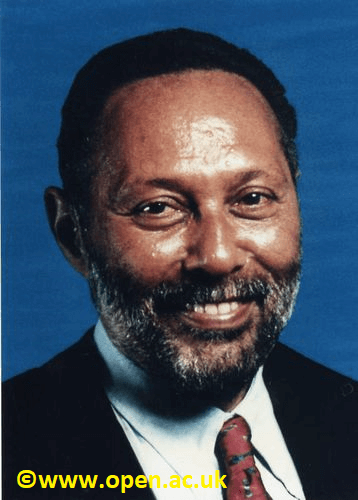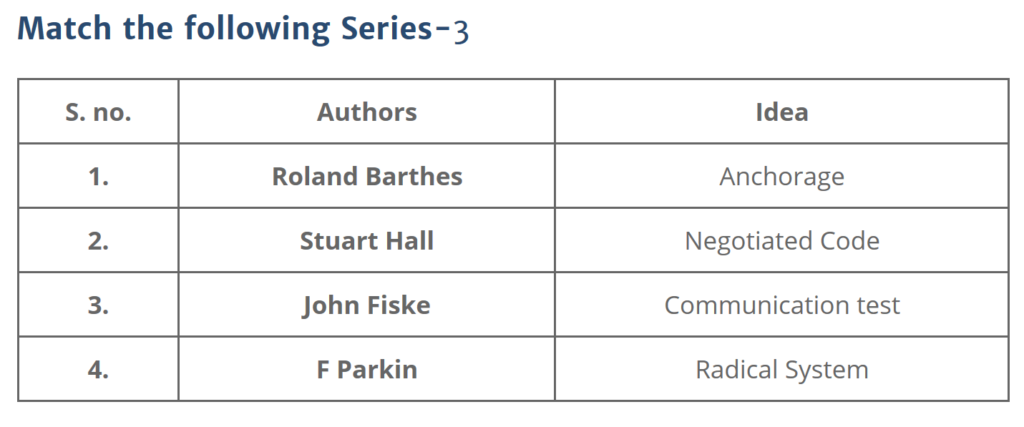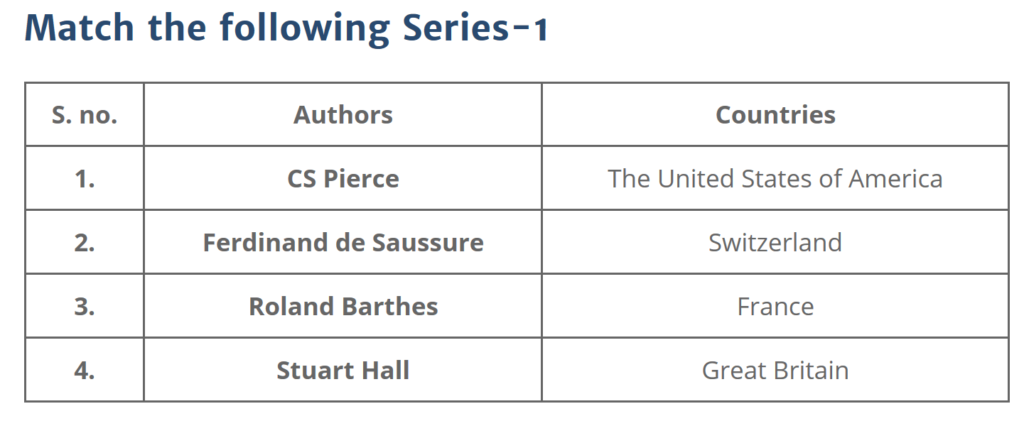List of mass communication authors, personalities and their focus area and concepts
Below are the list of popular authors in the discipline of mass communication and their concepts or ideas. These type of questions are always asked in UGC NET exam conducted by NTA. S. no. Authors Idea/concept 1. Roland Barthes Anchorage 2. Stuart Hall Negotiated Code 3. John Fiske Communication test 4. F Parkin Radical System […]
List of mass communication authors, personalities and their focus area and concepts Read More »





